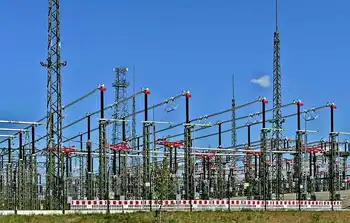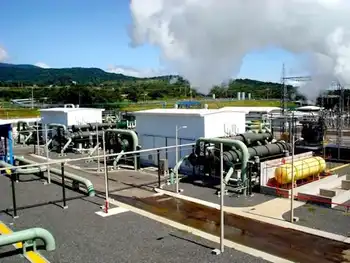Google working on smart plug-in hybrid charging
By Reuters
NFPA 70b Training - Electrical Maintenance
Our customized live online or in‑person group training can be delivered to your staff at your location.

- Live Online
- 12 hours Instructor-led
- Group Training Available
"We are doing some preliminary work," said Dan Reicher, Google's director of Climate Change and Energy Initiatives. "We have begun some work on smart charging of electric vehicles and how you would integrate large number of electric vehicles into the grid successfully."
"We have done a little bit of work on the software side looking at how you would write a computer code to manage this sort of charging infrastructure," he said in an interview on the sidelines of an industry conference.
Google, known for its Internet search engine, in 2007 announced a program to test Toyota Prius and Ford Escape gasoline-electric hybrid vehicles that were converted to rechargeable plug-in hybrids that run mostly on electricity.
One of the experimental technologies that was being tested by the Web search giant allowed parked plug-ins to transfer stored energy back to the electric grid, opening a potential back-up source of power for the system in peak hours.
Google has pushed ahead in addressing climate change issues as a philanthropic effort through its Google.org arm.
Reicher said Google has been testing its fleet of plug-in hybrids "pretty intensely" for the last couple of years.
"One of the great things about plug-ins is this great opportunity for the first time to finally have a storage technology," he said.
Reicher said the company is trying to figure out how to manage the impact of having millions of future electric vehicle owners plugging in their vehicles at the same time.
"We got to be careful how we manage these things," he said. "On a hot day in July when 5 million Californians come home, you don't want them all plugging in at the same moment."
Reicher laid out a scenario where power utilities, during a time of high demand, could turn on or off the charging of electric vehicles. The owner of these vehicles, who have agreed to such an arrangement, would get a credit from the utility in turn.
"The grid operators may well be indifferent to either putting 500 megawatts of new generation on or taking 500 megawatts off," he said. "The beauty of plug-in vehicles is that with the right software behind them, you could manage their charging."
Apart from plug-in hybrids, Google also is working on other green technologies such as developing its own new mirror technology that could reduce the cost of building solar thermal plants by a quarter or more, and looking at gas turbines that would run on solar power rather than natural gas.
The often-quirky company also said in late 2007 that it would invest in companies and do research of its own to produce affordable renewable energy — at a price less than burning coal — within a few years, casting the move as a philanthropic effort to address climate change.











